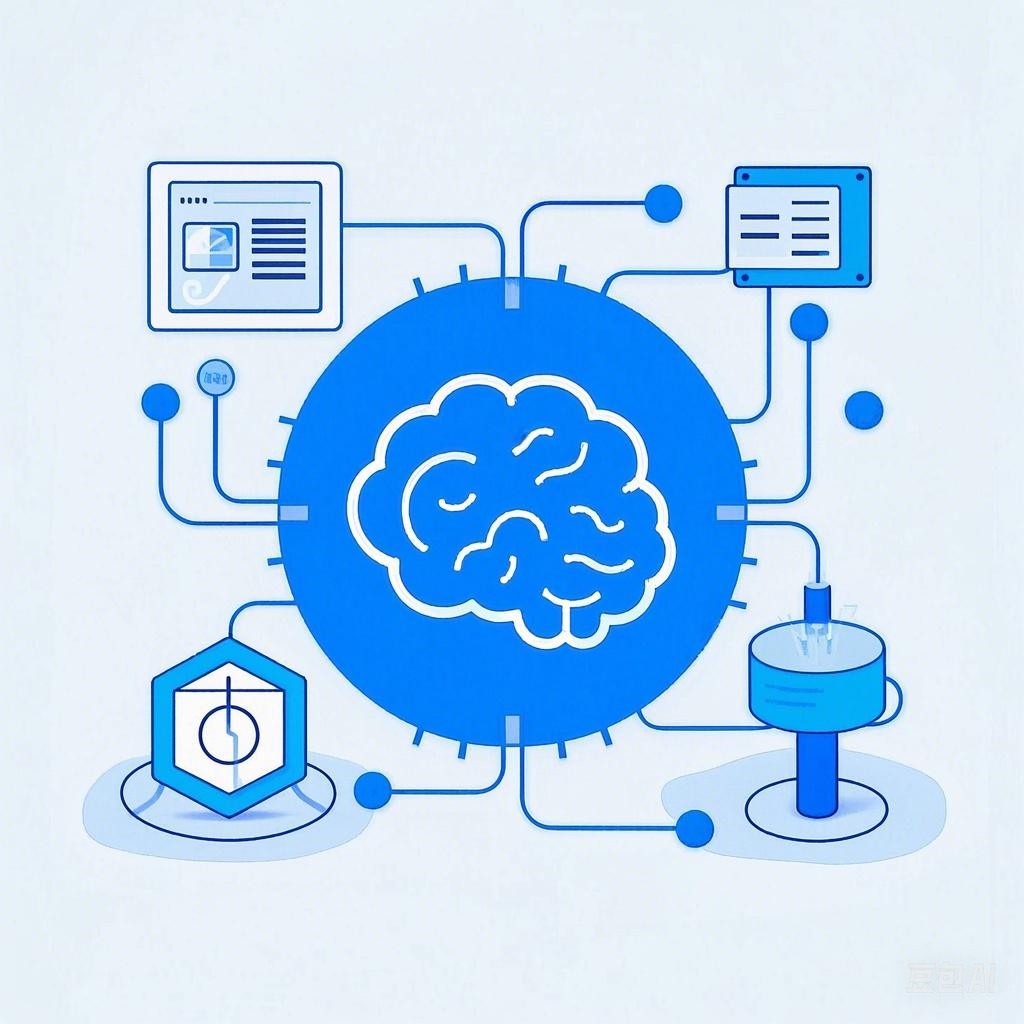随着科技的发展,博物馆不再是单纯的静态展示空间,而是逐渐转变为一个充满互动性和趣味性的文化场所。体感互动技术在博物馆中的应用,不仅让观众能够更加亲近和了解馆藏,也极大地提升了博物馆的参观体验。本文将带您揭秘经典馆藏的体感互动体验。
一、体感互动技术概述
1.1 定义
体感互动技术,也称为自然用户界面(NUI),是指通过人体的自然行为,如手势、面部表情、声音等,与计算机系统进行交互的技术。这种技术突破了传统鼠标和键盘的交互方式,使人与计算机的交互更加直观、自然。
1.2 技术原理
体感互动技术主要基于以下几个原理:
- 运动捕捉技术:通过捕捉人体的运动轨迹,将运动转换为数字信号,实现与计算机的交互。
- 图像识别技术:通过图像处理和模式识别,识别人体的动作和表情,实现与计算机的交互。
- 声音识别技术:通过声音信号的处理,识别用户的语音指令,实现与计算机的交互。
二、博物馆体感互动体验的应用
2.1 展览内容数字化
通过体感互动技术,博物馆可以将馆藏文物进行数字化处理,让观众在参观时,通过手势或语音指令,观看文物的三维模型、历史背景和相关信息。
2.1.1 代码示例
以下是一个简单的Python代码示例,展示如何使用体感互动技术实现文物的三维展示:
# 导入必要的库
import cv2
import numpy as np
# 初始化摄像头
cap = cv2.VideoCapture(0)
while True:
# 读取摄像头帧
ret, frame = cap.read()
if not ret:
break
# 处理图像,提取手势
gray = cv2.cvtColor(frame, cv2.COLOR_BGR2GRAY)
_, thresh = cv2.threshold(gray, 150, 255, cv2.THRESH_BINARY)
contours, _ = cv2.findContours(thresh, cv2.RETR_TREE, cv2.CHAIN_APPROX_SIMPLE)
# 根据手势进行交互
if len(contours) > 0:
cnt = max(contours, key=cv2.contourArea)
hull = cv2.convexHull(cnt, returnPoints=False)
defects = cv2.convexityDefects(cnt, hull)
# 根据缺陷点判断手势
if defects is not None:
for i in range(defects.shape[0]):
s, e, f, d = defects[i, 0]
start = (cnt[s][0], cnt[s][1])
end = (cnt[e][0], cnt[e][1])
far = (cnt[f][0], cnt[f][1])
cv2.line(frame, start, end, [0, 255, 0], 2)
cv2.circle(frame, far, 5, [0, 0, 255], -1)
# 显示结果
cv2.imshow('Gesture Recognition', frame)
if cv2.waitKey(1) & 0xFF == ord('q'):
break
cap.release()
cv2.destroyAllWindows()
2.2 互动游戏体验
博物馆可以结合体感互动技术,设计一些互动游戏,让观众在游戏中了解馆藏文物的历史和文化内涵。
2.2.1 代码示例
以下是一个简单的Python代码示例,展示如何使用体感互动技术实现互动游戏:
# 导入必要的库
import pygame
import cv2
# 初始化摄像头和游戏窗口
cap = cv2.VideoCapture(0)
pygame.init()
# 创建游戏窗口
screen = pygame.display.set_mode((640, 480))
while True:
# 读取摄像头帧
ret, frame = cap.read()
if not ret:
break
# 处理图像,提取手势
gray = cv2.cvtColor(frame, cv2.COLOR_BGR2GRAY)
_, thresh = cv2.threshold(gray, 150, 255, cv2.THRESH_BINARY)
contours, _ = cv2.findContours(thresh, cv2.RETR_TREE, cv2.CHAIN_APPROX_SIMPLE)
# 根据手势控制游戏角色
if len(contours) > 0:
cnt = max(contours, key=cv2.contourArea)
hull = cv2.convexHull(cnt, returnPoints=False)
defects = cv2.convexityDefects(cnt, hull)
if defects is not None:
for i in range(defects.shape[0]):
s, e, f, d = defects[i, 0]
start = (cnt[s][0], cnt[s][1])
end = (cnt[e][0], cnt[e][1])
far = (cnt[f][0], cnt[f][1])
cv2.line(frame, start, end, [0, 255, 0], 2)
cv2.circle(frame, far, 5, [0, 0, 255], -1)
# 根据缺陷点判断手势,控制游戏角色
if d > 100:
if start[1] < end[1]:
pygame.draw.rect(screen, (0, 255, 0), (0, 0, 100, 100))
else:
pygame.draw.rect(screen, (255, 0, 0), (0, 0, 100, 100))
# 显示游戏窗口和摄像头帧
pygame.display.flip()
cv2.imshow('Gesture Recognition', frame)
if cv2.waitKey(1) & 0xFF == ord('q'):
break
cap.release()
cv2.destroyAllWindows()
pygame.quit()
2.3 虚拟现实体验
通过体感互动技术和虚拟现实(VR)技术的结合,博物馆可以为观众提供更加沉浸式的参观体验。观众可以戴上VR头盔,身临其境地感受馆藏文物的历史场景。
2.3.1 代码示例
以下是一个简单的Python代码示例,展示如何使用体感互动技术和VR技术实现虚拟现实体验:
# 导入必要的库
import pygame
import cv2
import numpy as np
import openvr
# 初始化VR系统
vr = openvr.openvr()
system = vr.get_system()
# 初始化摄像头和游戏窗口
cap = cv2.VideoCapture(0)
pygame.init()
# 创建游戏窗口
screen = pygame.display.set_mode((640, 480))
while True:
# 读取摄像头帧
ret, frame = cap.read()
if not ret:
break
# 处理图像,提取手势
gray = cv2.cvtColor(frame, cv2.COLOR_BGR2GRAY)
_, thresh = cv2.threshold(gray, 150, 255, cv2.THRESH_BINARY)
contours, _ = cv2.findContours(thresh, cv2.RETR_TREE, cv2.CHAIN_APPROX_SIMPLE)
# 根据手势控制VR头盔
if len(contours) > 0:
cnt = max(contours, key=cv2.contourArea)
hull = cv2.convexHull(cnt, returnPoints=False)
defects = cv2.convexityDefects(cnt, hull)
if defects is not None:
for i in range(defects.shape[0]):
s, e, f, d = defects[i, 0]
start = (cnt[s][0], cnt[s][1])
end = (cnt[e][0], cnt[e][1])
far = (cnt[f][0], cnt[f][1])
cv2.line(frame, start, end, [0, 255, 0], 2)
cv2.circle(frame, far, 5, [0, 0, 255], -1)
# 根据缺陷点判断手势,控制VR头盔
if d > 100:
if start[1] < end[1]:
vr.set_tracked_device_location(system, 0, openvr.VRSystem_TrackedDeviceType_HMD, (0.1, 0, 0), (0, 0, 0), (0, 0, 0, 1))
else:
vr.set_tracked_device_location(system, 0, openvr.VRSystem_TrackedDeviceType_HMD, (-0.1, 0, 0), (0, 0, 0), (0, 0, 0, 1))
# 显示游戏窗口和摄像头帧
pygame.display.flip()
cv2.imshow('Gesture Recognition', frame)
if cv2.waitKey(1) & 0xFF == ord('q'):
break
cap.release()
cv2.destroyAllWindows()
pygame.quit()
三、总结
体感互动技术在博物馆中的应用,为观众提供了全新的参观体验。通过数字化展示、互动游戏和虚拟现实等技术,博物馆不仅能够更好地保护和传承文化遗产,还能够吸引更多观众走进博物馆,感受文化的魅力。
